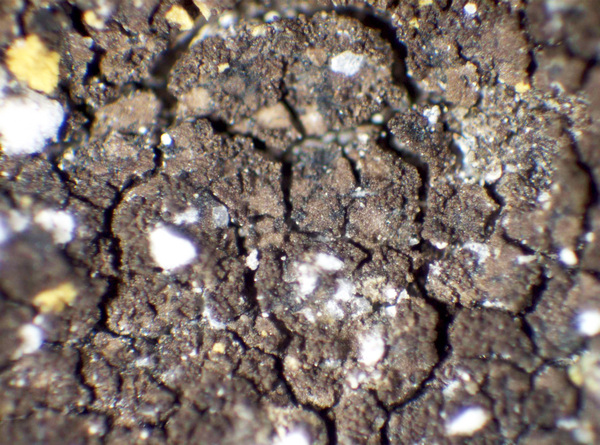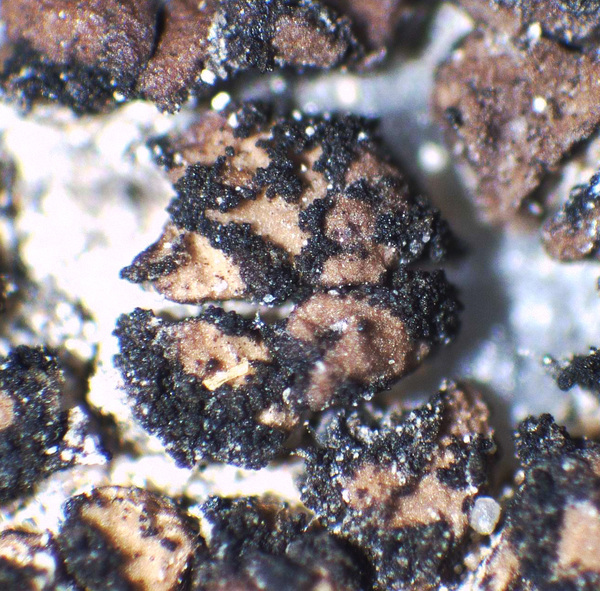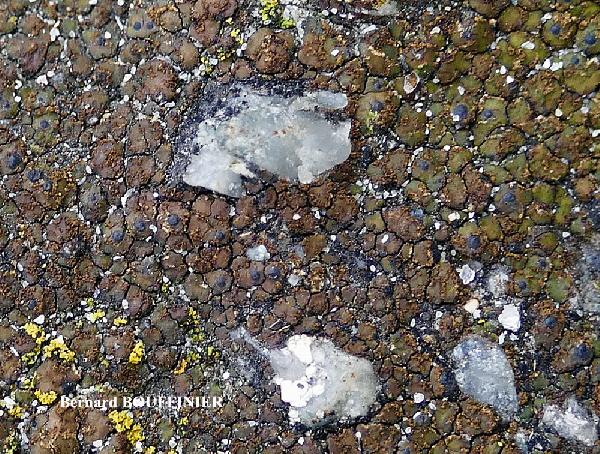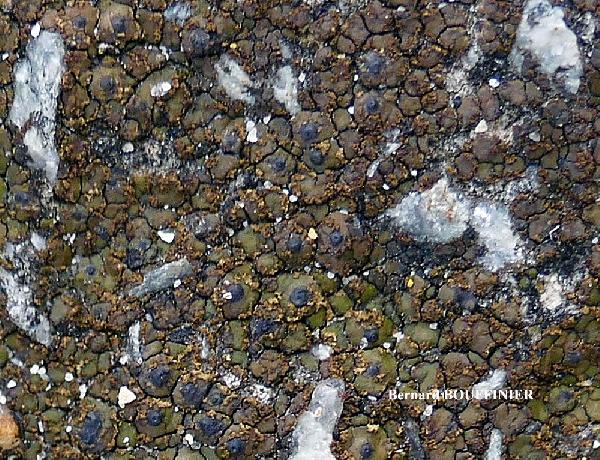Verrucaria macrostoma DC. f. furfuracea B. de Lesd.
Rev. Bryol. Lichénol., 18: 71, 1949.
Synonyms: Verrucaria furfuracea (B. de Lesd.) Breuss; Verrucaria macrostoma var. imbricum Garov.; Verrucaria tectorum auct. p.p.
Distribution: N - Frl (TSB s.n.)
Description: Thallus crustose, episubstratic, well-developed, up to several cm wide, 0.5-1.5 mm thick, pale to mid-brown, at first of rounded areoles which soon coalesce into a cracked crust with large, sometimes lobulate secondary areoles measuring 0.4–1.5 x 0.6–1.8 mm, the margins with abundant, yellowish, 20-50 μm wide soredia. Cortex paraplectenchymatous, 20-30 µm thick, overlain by an epinecral layer; medulla white to patchily brownish, without a dark basal layer. Perithecia black, broadly pyriform, slightly to strongly projecting, the visible parts 0.3-5.2 mm wide, not covered by a thalline layer and not forming pits. Involucrellum well-developed, adpressed to exciple or slightly spreading, encircling c. the upper third, sometimes reaching to base-level: exciple colourless to dark brown; hamathecium of branched and anastomosing, 50-70 µm long periphyses and periphysoids, interascal filaments absent; hymenial gel hemiamyloid, I+ red (I+ blue at very low concentrations of I), K/I+ blue. Asci 8-spored, clavate, I-, fissitunicate, the wall thickened above, with an ocular chamber, dehiscent by extrusion of an endotunica to form a delicate rostrum, Verrucaria-type. Ascospores 1-celled, hyaline, ellipsoid, (20-)25-32 x 10-15 μm. Photobiont chlorococcoid. Spot tests: K-, C-, KC-, P-, UV-. Chemistry: without lichen substances.Note: mainly on man-made substrata, including mortar walls, on steeply inclined faces; frequently confused with V. nigrescens f. tectorum, which is isidiate and not sorediate, and has a thinner thallus (see Roux & coll. 2014), and certainly much more widespread in Italy.
Growth form: Crustose
Substrata: rocks
Photobiont: green algae other than Trentepohlia
Reproductive strategy: mainly asexual, by soredia, or soredia-like structures (e.g. blastidia)
Poorly known taxon in need of further study
Commonnes-rarity: (info)
Alpine belt: absent
Subalpine belt: absent
Oromediterranean belt: absent
Montane belt: absent
Submediterranean belt: very rare
Padanian area: absent
Humid submediterranean belt: absent
Humid mediterranean belt: absent
Dry mediterranean belt: absent
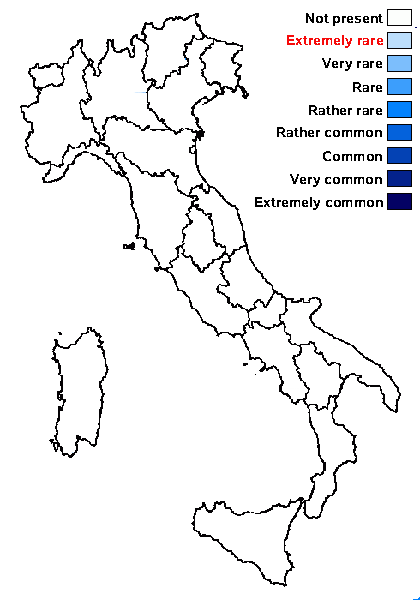
Predictive model
Herbarium samples

Courtesy Danièle et Olivier Gonnet - Source: https://www.afl-lichenologie.fr/Photos_AFL/Photos_AFL_V/Texte_V/Verrucaria_macrostoma.htm
France, Poleymieux-au-Mont d’Or, alt. 450 m - Rhône
3/8/2015
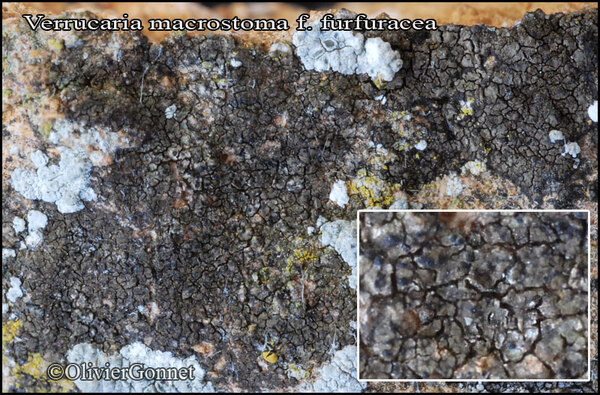
Courtesy Danièle et Olivier Gonnet - Source: https://www.afl-lichenologie.fr/Photos_AFL/Photos_AFL_V/Texte_V/Verrucaria_macrostoma.htm
France, 3/8/2015 - Poleymieux-au-Mont d’Or, alt. 450 m - Rhône
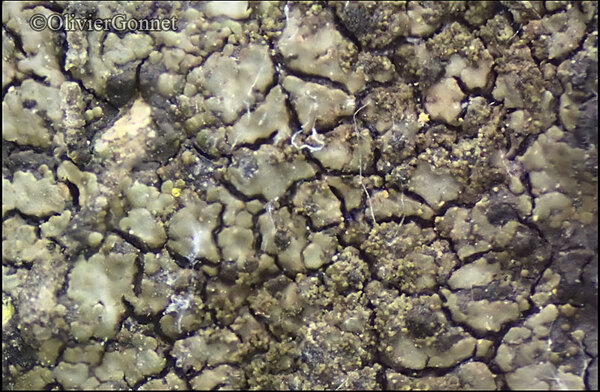
Courtesy Danièle et Olivier Gonnet - Source: https://www.afl-lichenologie.fr/Photos_AFL/Photos_AFL_V/Texte_V/Verrucaria_macrostoma.htm
France, 3/8/2015 - Poleymieux-au-Mont d’Or, alt. 450 m - Rhône
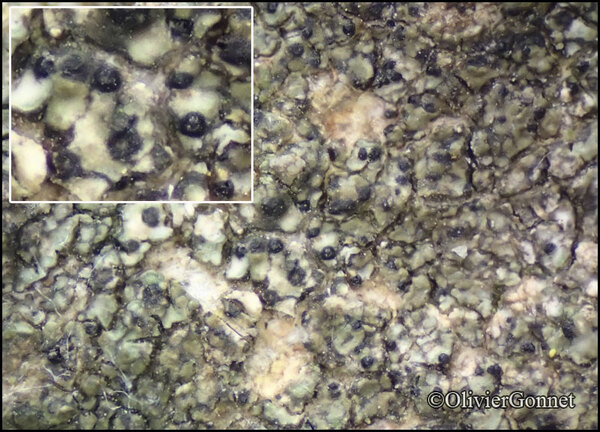
Courtesy Danièle et Olivier Gonnet - Source: https://www.afl-lichenologie.fr/Photos_AFL/Photos_AFL_V/Texte_V/Verrucaria_macrostoma.htm
France, 3/8/2015 - Poleymieux-au-Mont d’Or, alt. 450 m - Rhône
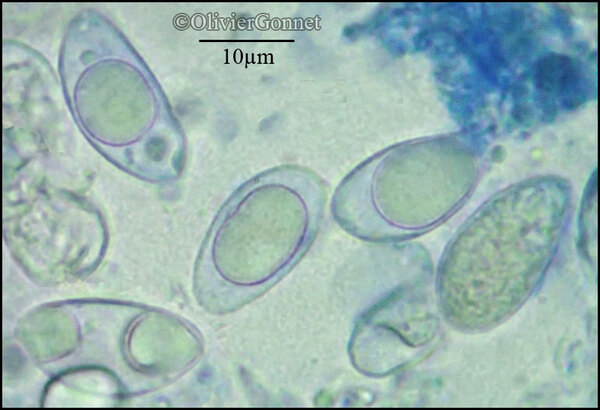
Courtesy Danièle et Olivier Gonnet - Source: https://www.afl-lichenologie.fr/Photos_AFL/Photos_AFL_V/Texte_V/Verrucaria_macrostoma.htm
France, 3/8/2015 - Poleymieux-au-Mont d’Or, alt. 450 m - Rhône
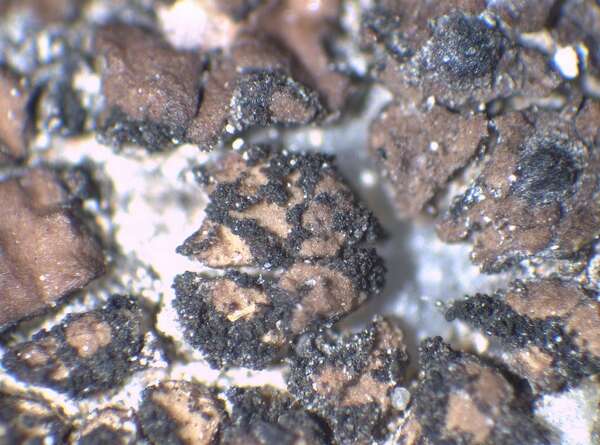

P.L. Nimis; Owner: Department of Life Sciences, University of Trieste
Herbarium: TSB (21159)
2003/03/17
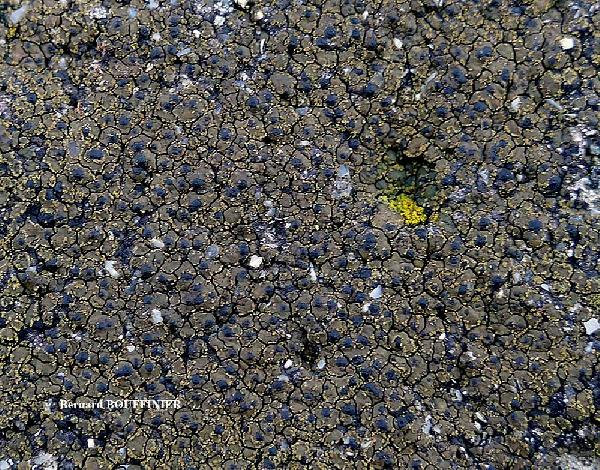
Bernard Bouffinier - Source: http://www.lichensmaritimes.org/index.php?task=fiche&lichen=514&lang=en
France, Lanveoc
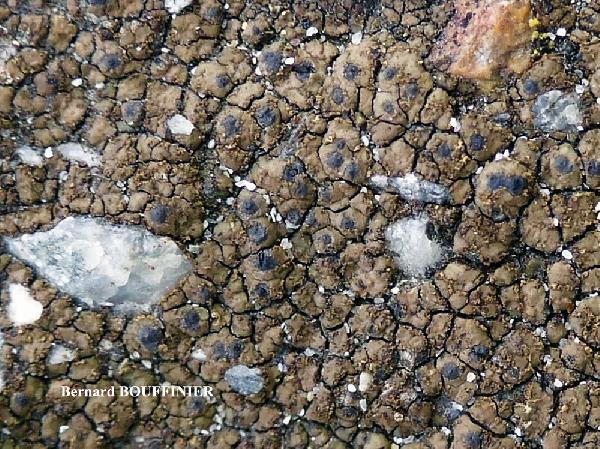
Bernard Bouffinier - Source: http://www.lichensmaritimes.org/index.php?task=fiche&lichen=981&lang=en
France, Postolonnec
sur beton
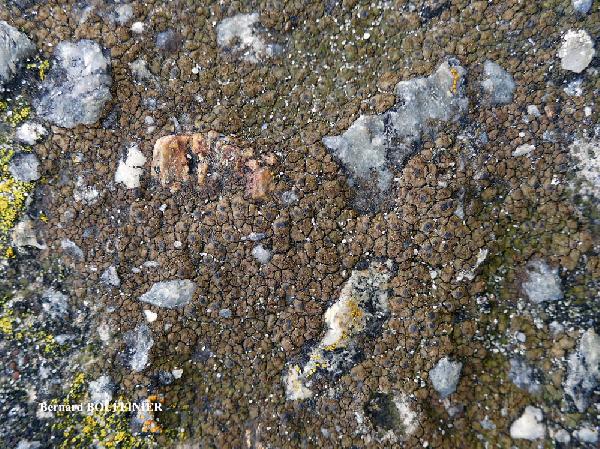
Bernard Bouffinier - Source: http://www.lichensmaritimes.org/index.php?task=fiche&lichen=981&lang=en
France, Postolonnec
sur beton
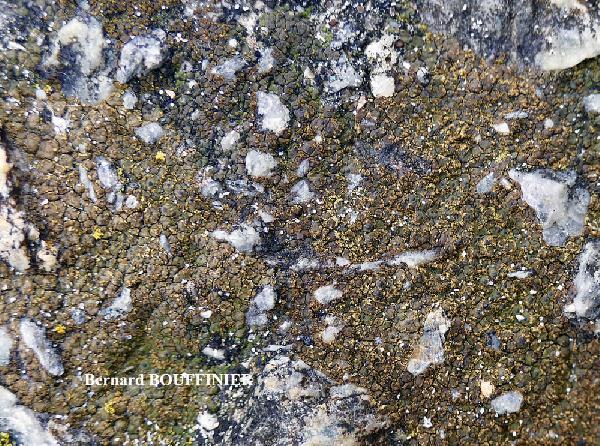
Bernard Bouffinier - Source: http://www.lichensmaritimes.org/index.php?task=fiche&lichen=981&lang=en
France, Postolonnec
sur beton
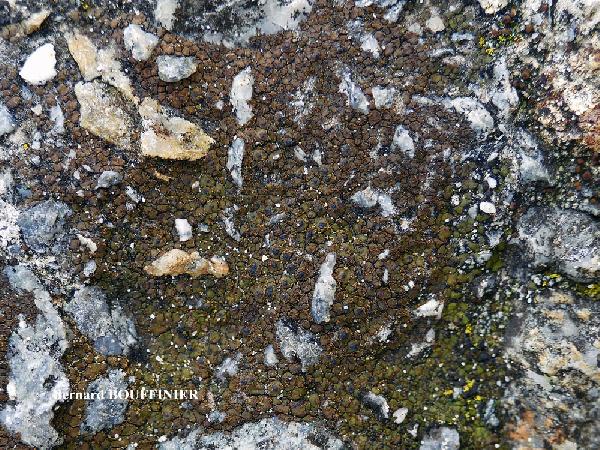
Bernard Bouffinier - Source: http://www.lichensmaritimes.org/index.php?task=fiche&lichen=981&lang=en
France, Postolonnec
sur beton
Growth form: Crustose
Substrata: rocks
Photobiont: green algae other than Trentepohlia
Reproductive strategy: mainly asexual, by soredia, or soredia-like structures (e.g. blastidia)
Poorly known taxon in need of further study
Commonnes-rarity: (info)
Alpine belt: absent
Subalpine belt: absent
Oromediterranean belt: absent
Montane belt: absent
Submediterranean belt: very rare
Padanian area: absent
Humid submediterranean belt: absent
Humid mediterranean belt: absent
Dry mediterranean belt: absent

Predictive model
| Herbarium samples |

Courtesy Danièle et Olivier Gonnet - Source: https://www.afl-lichenologie.fr/Photos_AFL/Photos_AFL_V/Texte_V/Verrucaria_macrostoma.htm
France, Poleymieux-au-Mont d’Or, alt. 450 m - Rhône
3/8/2015

Courtesy Danièle et Olivier Gonnet - Source: https://www.afl-lichenologie.fr/Photos_AFL/Photos_AFL_V/Texte_V/Verrucaria_macrostoma.htm
France, 3/8/2015 - Poleymieux-au-Mont d’Or, alt. 450 m - Rhône

Courtesy Danièle et Olivier Gonnet - Source: https://www.afl-lichenologie.fr/Photos_AFL/Photos_AFL_V/Texte_V/Verrucaria_macrostoma.htm
France, 3/8/2015 - Poleymieux-au-Mont d’Or, alt. 450 m - Rhône

Courtesy Danièle et Olivier Gonnet - Source: https://www.afl-lichenologie.fr/Photos_AFL/Photos_AFL_V/Texte_V/Verrucaria_macrostoma.htm
France, 3/8/2015 - Poleymieux-au-Mont d’Or, alt. 450 m - Rhône

Courtesy Danièle et Olivier Gonnet - Source: https://www.afl-lichenologie.fr/Photos_AFL/Photos_AFL_V/Texte_V/Verrucaria_macrostoma.htm
France, 3/8/2015 - Poleymieux-au-Mont d’Or, alt. 450 m - Rhône


P.L. Nimis; Owner: Department of Life Sciences, University of Trieste
Herbarium: TSB (21159)
2003/03/17

Bernard Bouffinier - Source: http://www.lichensmaritimes.org/index.php?task=fiche&lichen=514&lang=en
France, Lanveoc

Bernard Bouffinier - Source: http://www.lichensmaritimes.org/index.php?task=fiche&lichen=981&lang=en
France, Postolonnec
sur beton

Bernard Bouffinier - Source: http://www.lichensmaritimes.org/index.php?task=fiche&lichen=981&lang=en
France, Postolonnec
sur beton

Bernard Bouffinier - Source: http://www.lichensmaritimes.org/index.php?task=fiche&lichen=981&lang=en
France, Postolonnec
sur beton

 INDEX FUNGORUM
INDEX FUNGORUM
 GBIF
GBIF
 DOLICHENS
DOLICHENS
